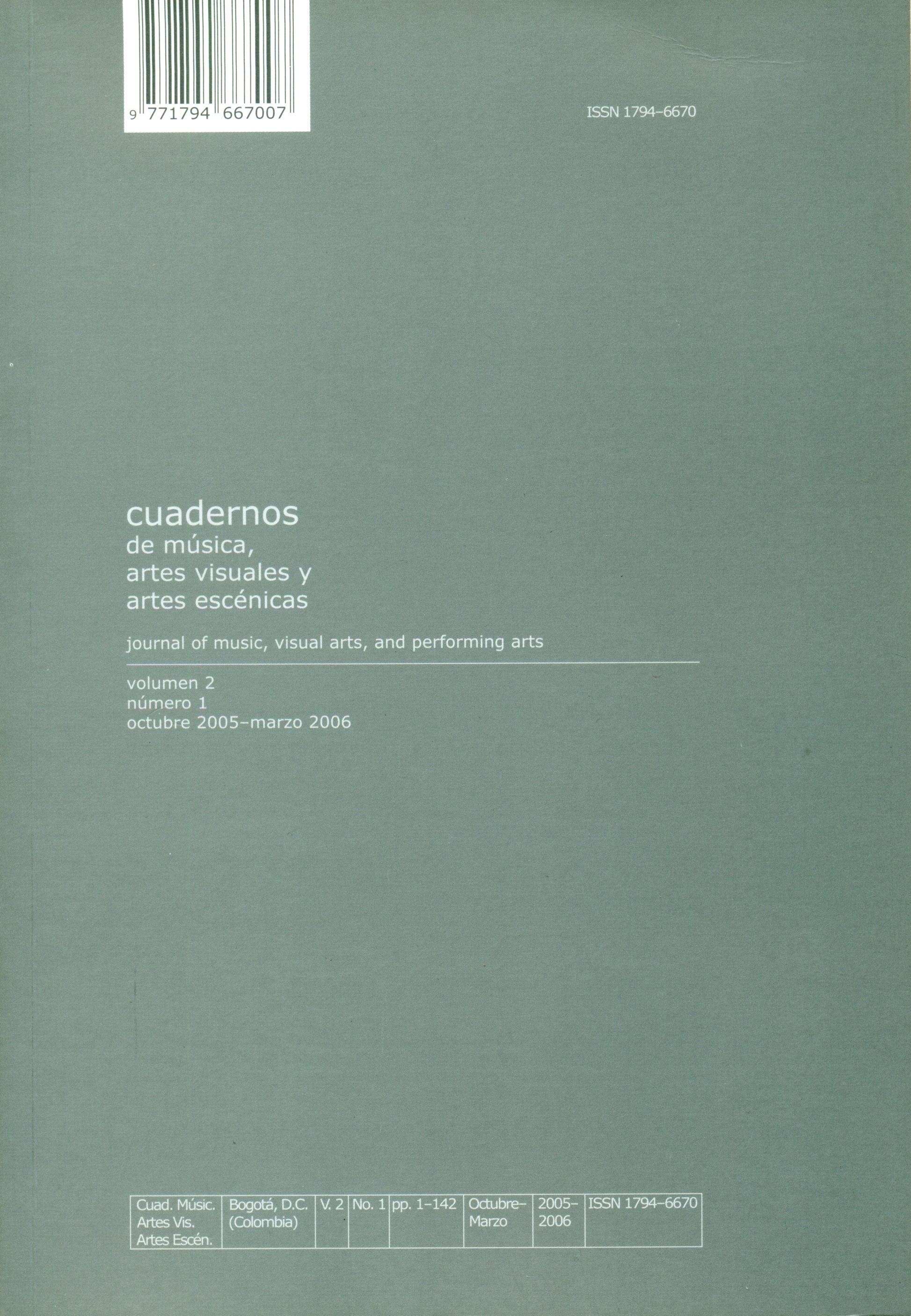Abstract
Until recently the music of Rodrigo de Ceballos (ca. 1525/30–1581) had been largely ignored by musicologists under the assumption that most of it was lost or preserved in deteriorated manuscripts. Research by the musicologist Robert Snow proved this assumption wrong and placed the composer among important figures of Spanish music during the sixteenth century. Ceballos’s style is influenced by the music of two major Spanish composers of the sixteenth century, Cristóbal de Morales (1500–1553) and Francisco Guerrero (1528–1599).Morales, Guerrero, and Ceballos wrote polyphonic settings of the odd–verses of the Magnificat text on the eight tones, to be sung alternatim with the even–numbered verses at Vespers. Ceballos’s Magnificat Cycle was sung for several centuries at the cathedral in Bogotá, Colombia, and the manuscripts extant there constitute the only surviving source for the setting.The settings by the three composers present simmilarities in the number of voices, number of measures per verse, number of points of imitation, tone transposition, use of cantus firmus, use of a rhythmic motive, cadences, and use the finalis from the monophonic intonation. After a description of general bibliographical data and interactions among the three composers, this study examines the main characteristics of the Magnificat setting of the odd verses of the text on the eight tones by Ceballos and its similarities and differences with comparable cycles by Morales and Guerrero. This description establishes specific musical influences among them and determines stylistic traits of the music of the most important Spanish composers of the mid–sixteenth century.This journal is registered under a Creative Commons Attribution 4.0 International Public License. Thus, this work may be reproduced, distributed, and publicly shared in digital format, as long as the names of the authors and Pontificia Universidad Javeriana are acknowledged. Others are allowed to quote, adapt, transform, auto-archive, republish, and create based on this material, for any purpose, provided the authorship is duly acknowledged, a link to the original work is provided, and it is specified if changes have been made. Pontificia Universidad Javeriana does not hold the rights of published works and the authors are solely responsible for the contents of their works; they keep the moral, intellectual, privacy, and publicity rights.
Approving the intervention of the work (review, copy-editing, translation, layout) and the following outreach, are granted through an use license and not through an assignment of rights. This means the journal and Pontificia Universidad Javeriana cannot be held responsible for any ethical malpractice by the authors. As a consequence of the protection granted by the use license, the journal is able to publish retractions or to correct information already published. Publishing contents in this journal does not generate royalties for contributors.


